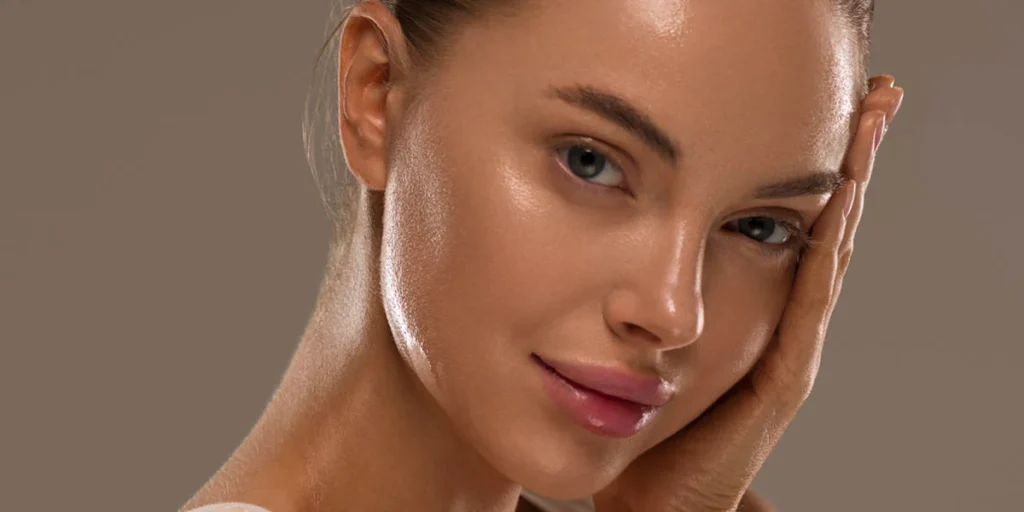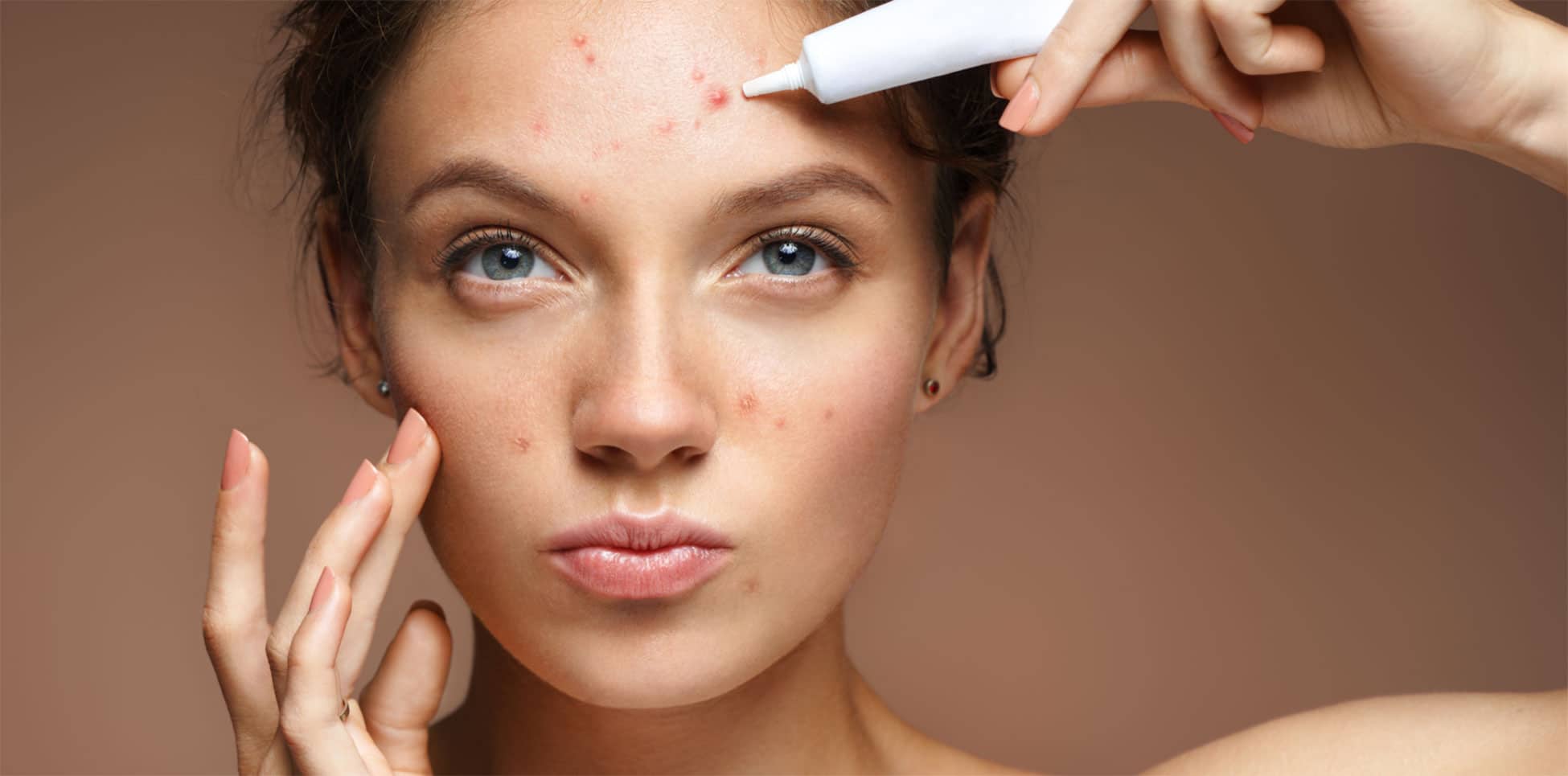Acne, a prevalent skin condition affecting individuals globally, requires a nuanced understanding of its causes and effective treatment strategies. In the tropical paradise of Mauritius, where unique environmental factors, such as humidity and sunlight, come into play, addressing acne takes on a distinctive dimension. This article delves into the specific causes of acne and tailored treatment approaches, considering the context of Mauritius. From hormonal influences to environmental factors, we navigate the intricacies of acne development and provide insights into successful treatment methods for individuals in Mauritius seeking clear and healthy skin.
What is Acne?
Acne is a common skin condition defined by the clogging of hair follicles beneath the skin. This happens when a combination of sebum, the natural oil that keeps skin moisturised, and dead skin cells clogs the pores, resulting in the formation of lesions known as pimples or zits. While facial breakouts are common, acne can also affect the back, chest, and shoulders.
A more detailed explanation
It is an inflammatory condition that affects the skin’s sebaceous (oil) glands, which are linked to hair follicles, each of which contains fine hair. Sebaceous glands create sebum in a healthy skin environment, which is released onto the skin surface via pores—follicle holes. Keratinocytes, a kind of skin cell, line the follicles. Keratinocytes rise to the skin surface under normal skin conditions as the body sheds skin cells.
In the presence of acne, however, a mixture of hair, sebum, and keratinocytes binds inside the pore. This amalgamation inhibits keratinocyte shedding and prevents sebum from reaching the skin’s surface. As a result, this mixture fosters the growth of bacteria, which are normally found on the skin, within the clogged follicles, resulting in inflammation defined by swelling, redness, and pain. When the wall of the plugged follicle ruptures, it releases bacteria, skin cells, and sebum into adjacent skin, resulting in the formation of lesions or pimples.
What are the common causes of Acne in Mauritius Patients?
Excess Oil Production:
Acne often stems from the primary cause of excess or heightened oil production within the skin’s pores. This overproduction is frequently influenced by hormonal fluctuations, creating an environment conducive to the clogging of hair follicles. The subsequent development of acne lesions, ranging from whiteheads to cystic formations, reflects the delicate interplay between hormonal changes and the skin’s natural oil regulation.
Buildup of Dead Skin Cells
Another pivotal factor contributing to acne is the accumulation of dead skin cells within the pores. As these cells amass and combine with sebum, they foster an environment ideal for the emergence of comedones, blackheads, and various other acne lesions.
Growth of Bacteria
The exacerbation of acne is further propelled by the growth of bacteria within the skin’s pores, particularly Propionibacterium acnes. Thriving in obstructed follicles, these bacteria contribute to inflammation, redness, and the development of pustules and nodules.
Risk Factors for Acne Development
Several factors heighten the risk of developing acne, prominently hormonal changes. The surge in androgens, male sex hormones, during puberty enlarges sebaceous glands, intensifying sebum production. Additionally, hormonal fluctuations related to pregnancy can contribute to the onset of acne, emphasising the connection between hormonal shifts and the skin’s vulnerability to acne development.
Family History
Genetics emerge as a significant determinant of acne susceptibility, as evidenced by the impact of family history on an individual’s likelihood of experiencing the condition. If parents have a history of acne, there is a heightened probability that their children may also grapple with this skin concern.
Medications
Certain medications, particularly those containing hormones, corticosteroids, or lithium, can act as contributors to acne onset. It is imperative for individuals to comprehend the potential side effects of medications, and consultation with healthcare professionals is strongly advised if acne arises during or after specific drug regimens.
Age
While acne is a condition that can affect individuals of all ages, it predominantly manifests during the teenage years. Hormonal shifts accompanying puberty play a pivotal role in the heightened occurrence of acne during adolescence.
What are the different types of Acne observed by skin specialists in Mauritius?
Whiteheads:
Clogged hair follicles that persist below the skin’s surface result in whiteheads, forming small, white bumps. These comedones are characterised by the entrapment of sebum and dead skin cells, creating a sealed environment that inhibits exposure to air.
Blackheads:
Blackheads emerge when plugged follicles reach the skin’s surface and open. Despite their dark appearance, they are not caused by dirt; rather, the air discolours the exposed sebum. These open comedones typically present as small black dots on the skin.
Papules:
Inflamed lesions known as papules appear as small, pink bumps on the skin. These acne formations can be tender to the touch, indicating an inflammatory response within the affected hair follicles.
Pustules or Pimples:
Papules topped by white or yellow pus-filled lesions are referred to as pustules or pimples. With a red base, they can be both unsightly and uncomfortable, representing a common form of inflammatory acne.
Nodules:
Nodules are larger, solid lesions deeply lodged within the skin. These painful formations extend beyond the surface and often necessitate professional intervention for effective treatment. Managing nodular acne can be particularly challenging.
Severe Nodular Acne (Cystic Acne):
The development of deep, painful, pus-filled lesions characterises severe nodular acne, commonly known as cystic acne. These cystic formations can be debilitating, causing significant discomfort and the potential for scarring. Seeking dermatological guidance is crucial for managing and treating severe nodular acne effectively.
How do I treat my Acne?
When acne first starts to appear, it’s essential to act promptly but cautiously. Begin with gentle skin care. Use a mild cleanser twice a day and avoid harsh scrubs or irritating ingredients, as these can exacerbate the condition. Do not pick or squeeze pimples, which can lead to further inflammation and scarring. Over-the-counter topical treatments containing benzoyl peroxide or salicylic acid can be beneficial. For persistent acne, consult a dermatologist for a treatment plan tailored to your skin type and severity of your acne.

Acne treatments available at Le Centre de Chirurgie Esthétique de L’Océan Indien
At Le Centre de Chirurgie Esthétique de L’Océan Indien, we offer a range of treatments to combat acne, tailored to the unique skin types of our patients. Our treatments include topical ointments, oral medications, and advanced procedures like chemical peels, microdermabrasion, and laser therapy. Our experienced dermatologists are committed to providing personalized care, ensuring that each patient receives the most effective treatment for their specific acne concerns.
Acne treatments are usually lengthy
Treating acne effectively involves a commitment to a prescribed regimen, which often includes prolonged treatment periods to achieve the best results. Patients are advised to adhere strictly to their treatment plans and maintain a healthy diet, as some foods can exacerbate acne. Consistency and patience are key, as the visible improvement can take several weeks or even months. Follow the guidance of your skincare professional and continue your treatment even if it seems slow to produce results.


